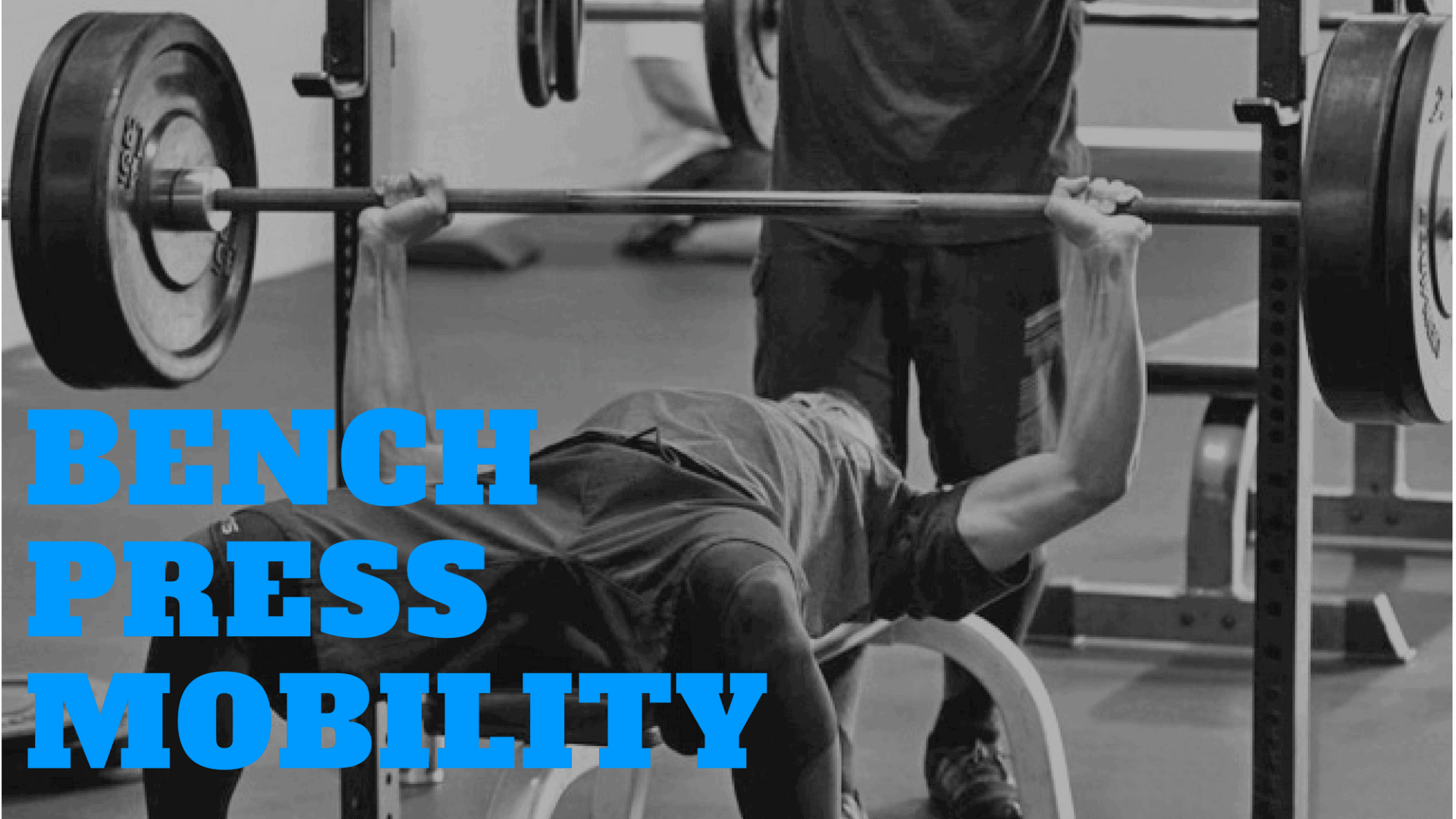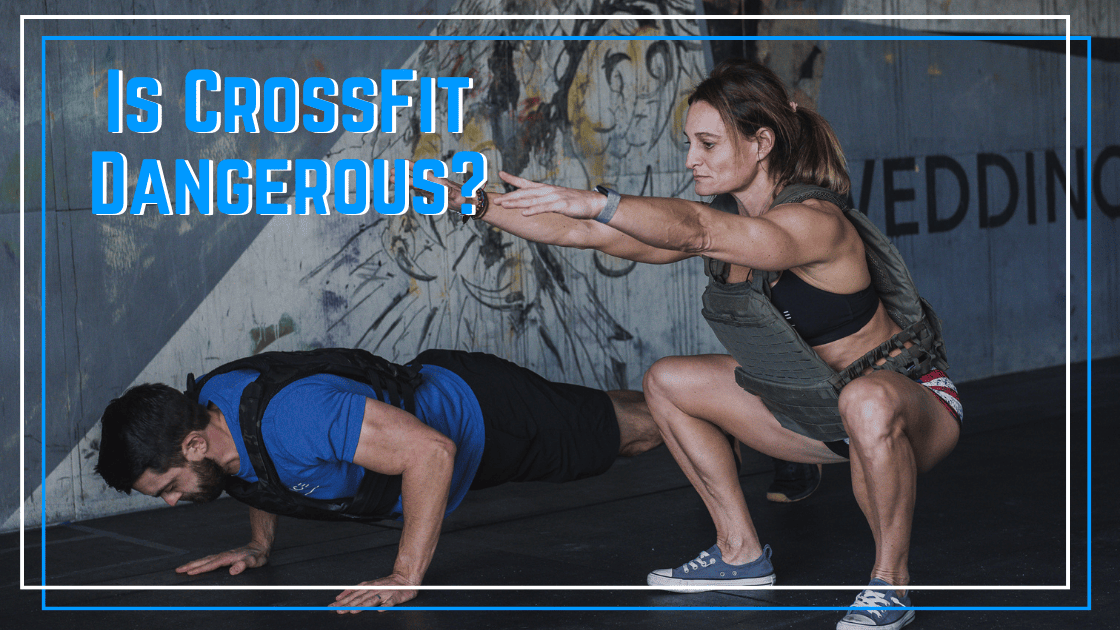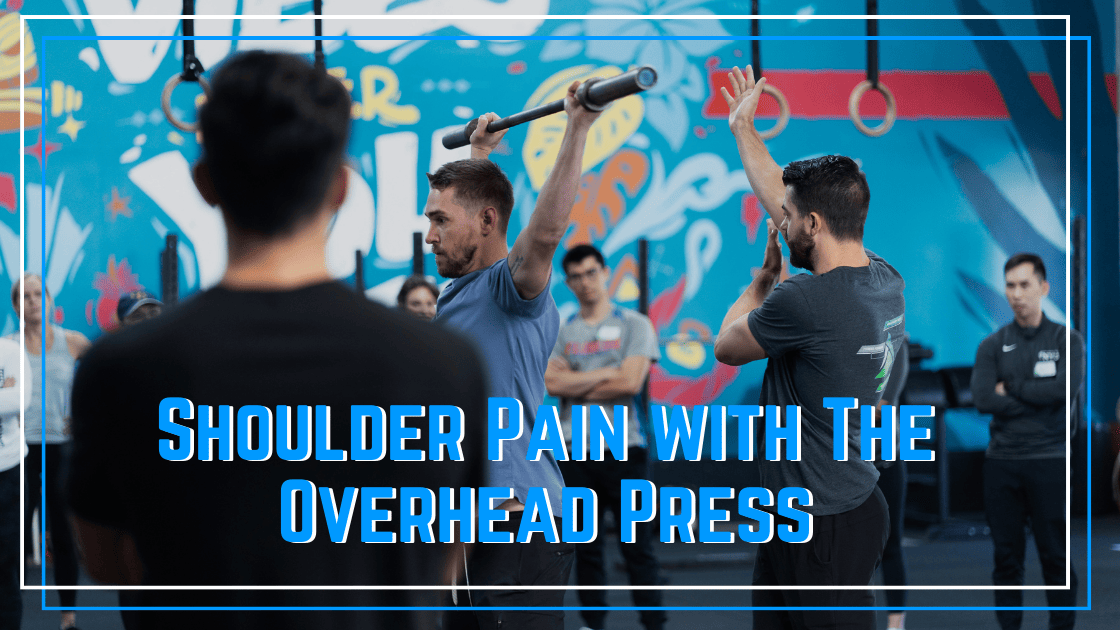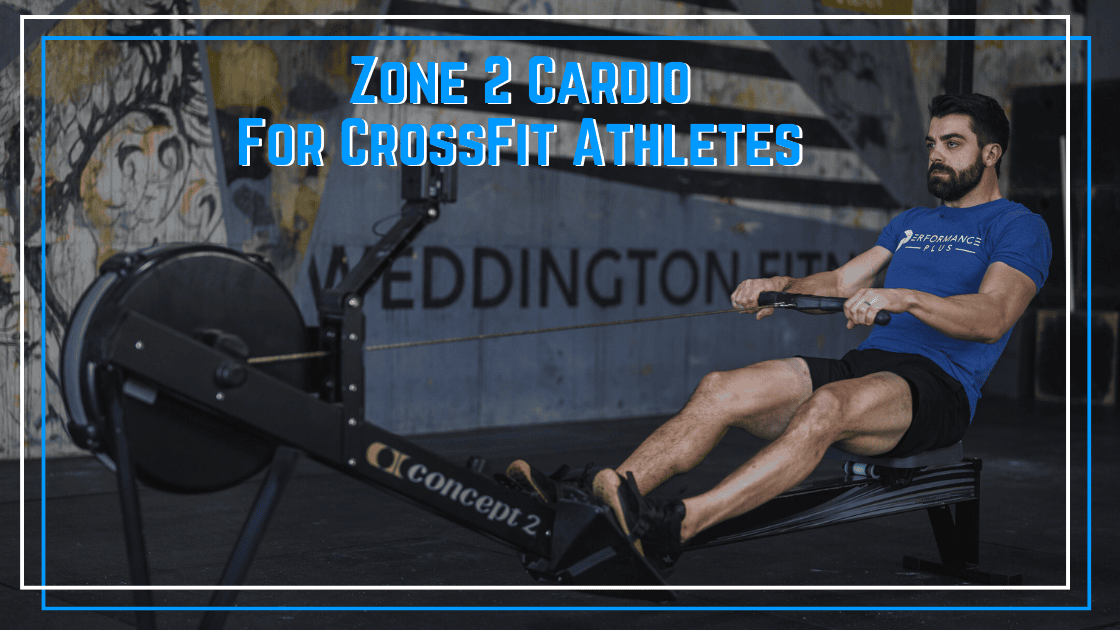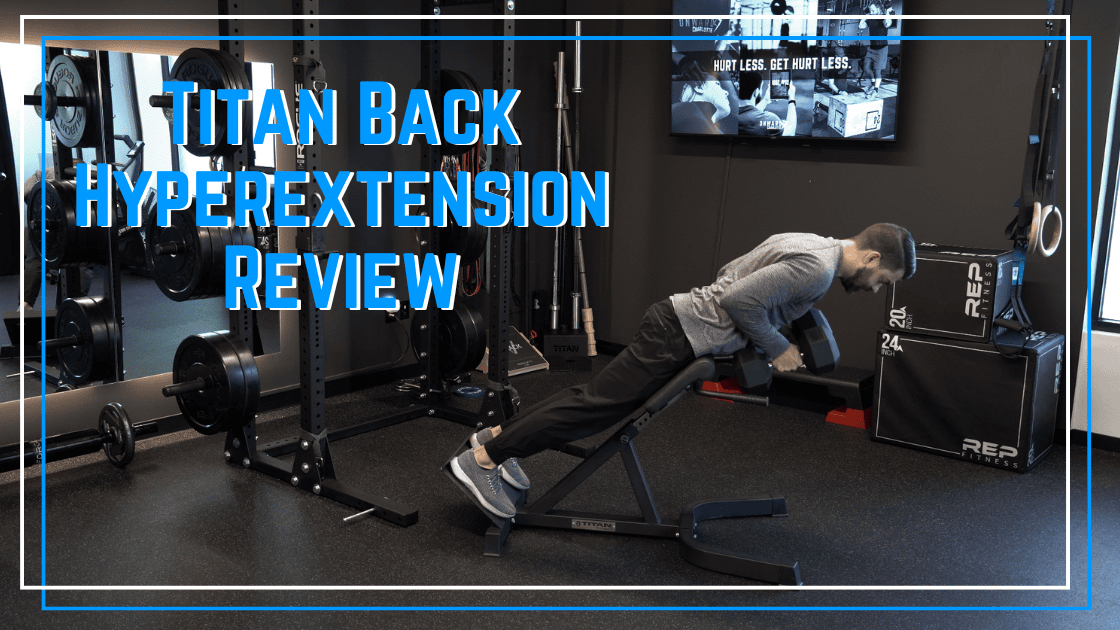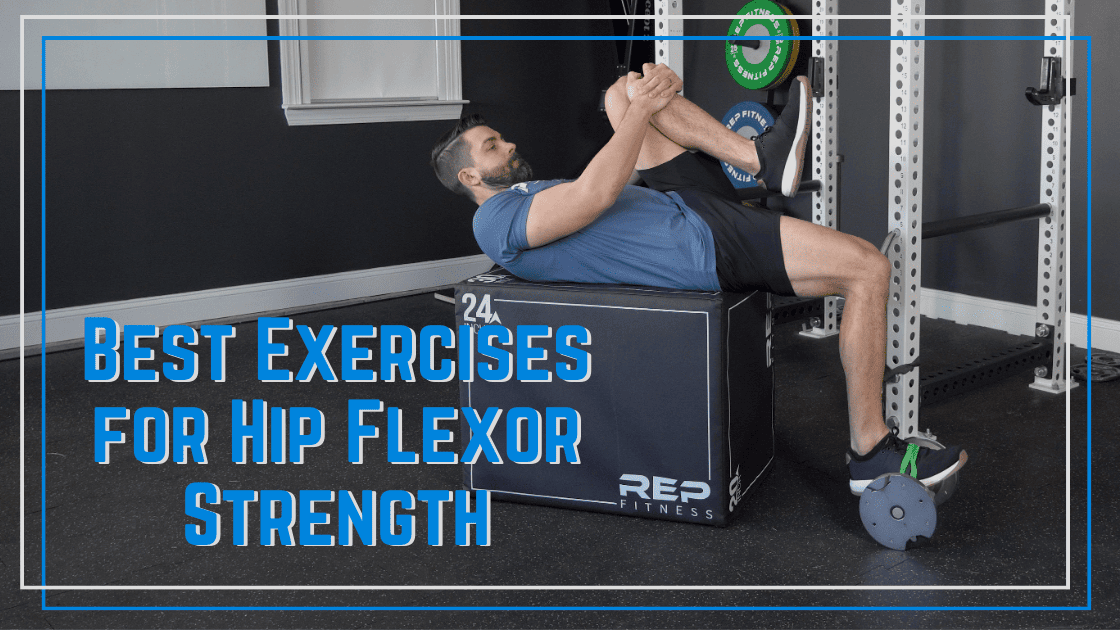Many fitness athletes think of improving their mobility for squats and overhead presses. But, few consider the mobility needs of the bench press. Although it doesn’t usually require as much mobility attention as those lifts, I often find mobility limitations in athletes that impact their ability to bench with optimal form.
As with any movement, when wanting to improve the mobility of a complex exercise, we must take a look at the individual muscles and joints involved to find which are limited. This strategy works better than simply choosing random mobility moves from Instagram or YouTube and hoping they work.
So what do we need from a movement and mobility control perspective with the bench press?
- Shoulder extension and internal rotation
- Scapular retraction and depression
- Thoracic spine extension
- Hip extension
Let’s break out assessments for each of these.
Bench Press Mobility
Shoulder Extension
Without full shoulder extension, the glenohumeral joint will run out of mobility as the bar descends towards the chest. In order to touch the bar to the chest, the scapula will have to anteriorly tilt. This compensation moves us out of the ideal retracted and depressed position we want during the bench press.
To test extension, I have the athlete lie on his or her stomach. I then hold the shoulder blade into this retracted and depressed position. Next, slowly raise his or her arm into straight extension and look to see if they reach about a 50-degree angle.
Although not as important, I also find shoulder internal rotation to often be limited and needing work.
When shoulder extension is limited, one of my go-to drills is the Bear Roll which combines shoulder extension with scapular retraction and thoracic extension.
Here’s another drill I’ll use in athletes needing mobility and also focus on keeping the shoulder blade from anteriorly tilting.
Scapular Retraction
Can the shoulder blade (scapula) retract (pull back) without compensations in the spine? Use this test to assess.
I’m also a big fan of the Reach, Roll, & Lift and Prone Swimmers for athletes needing strength in shoulder retraction. These work great to get their shoulder blades better set for the bench press.
Thoracic Extension
Having excellent thoracic extension will set the athlete’s upper back into a good position to press out of. To test thoracic spine rotation/extension mobility, begin sitting on knees with your butt on your heels. Place one forearm on the ground and the other behind your back. Rotate towards the up hand. 50 degrees of rotation should be available in each direction. We measure that angle by assessing the shoulders relative to the ground.
The Bear Roll exercise shown above is a great way to stretch this prior to bench pressing. But if your thoracic spine is stiff as a brick wall, I’d suggest checking out my THORACIC MOBILITY OVERHAUL program for a month-long, guided plan to get that upper back moving!
Hip Extension
Probably the least considered area of mobility for the bench press is hip extension. But being able to get your feet properly set for the bench press is crucial to success (see this great video).
To test hip extension, we use the Thomas Test described in this video.
For hip extension mobility help, see THIS POST and THIS PROGRAM.
Other Mobility Considerations
Another area that must be addressed when discussing shoulder health and the bench press is actually the squat. Many athletes irritate their shoulders due to poor positioning in the squat that then shows up in bench pressing. To assess your upper body mobility specific to this squat check out this post.

